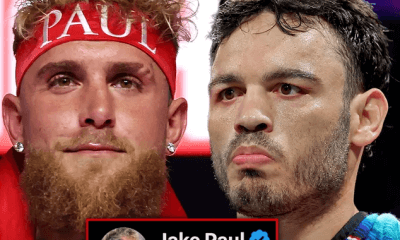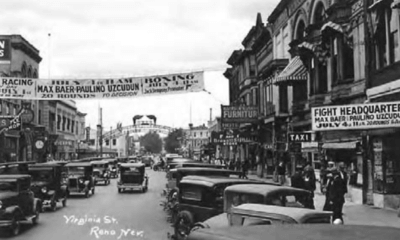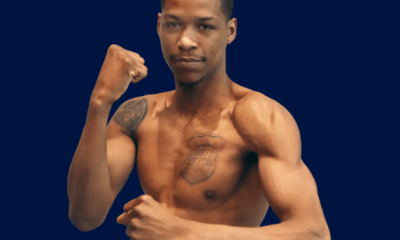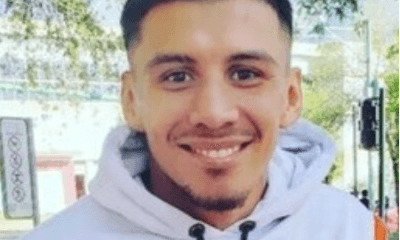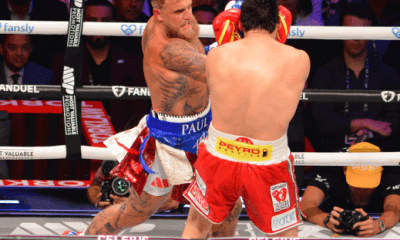Featured Articles
Three Punch Combo: What PBC Must Do To Stay Relevant
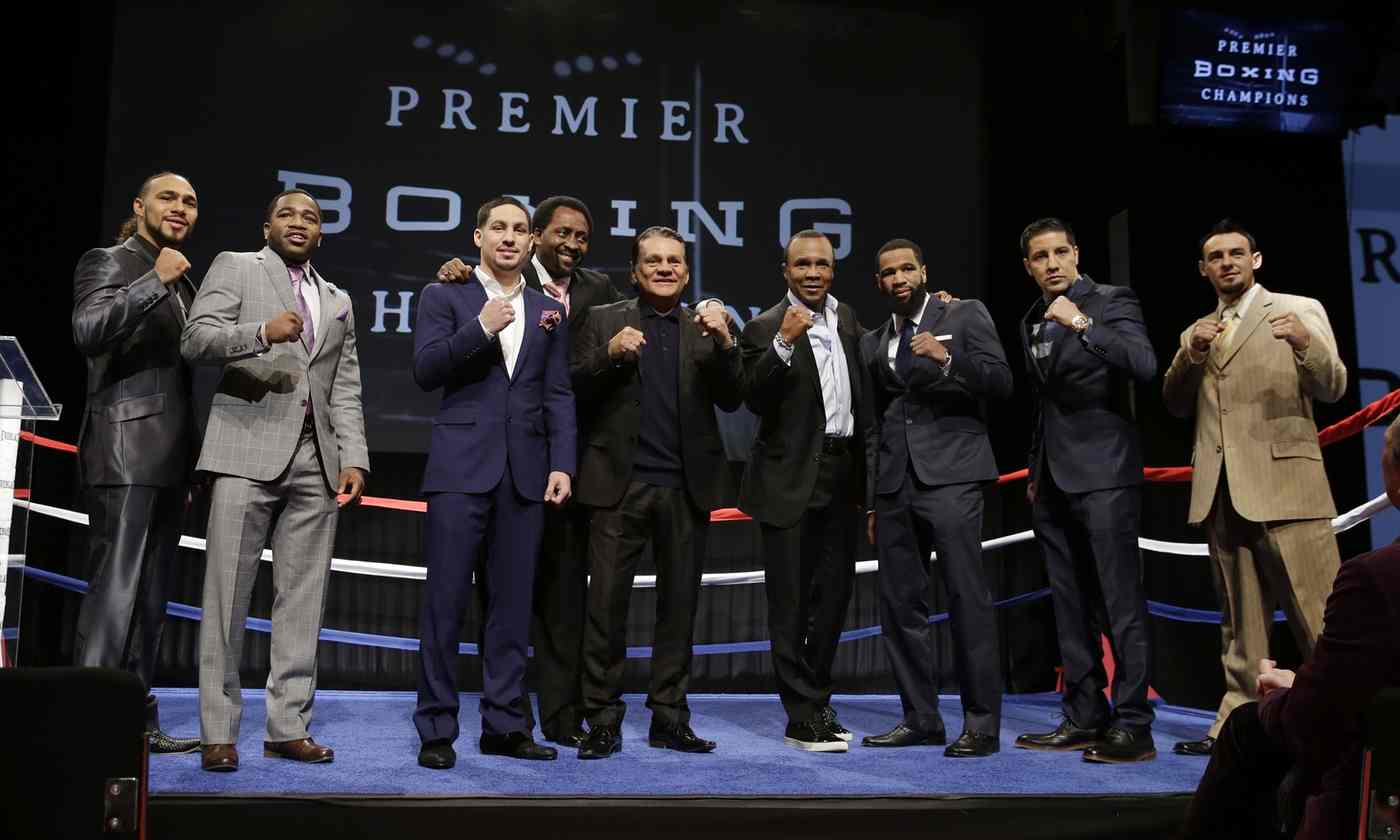
WHAT PBC MUST DO TO STAY RELEVANT — It has been two years now since Al Haymon officially launched his Premier Boxing Champions series. There has been some good as well as some well documented bad to the series. As we enter year three of PBC, some simple adjustments can be made to make the series more successful as well as help grow the sport. In this week’s three punch combo, I will analyze three simple adjustments that would benefit PBC as well as boxing.
Start a Weekly Televised Series
With the advent of PBC, boxing lost its only weekly series in ESPN’s Friday Night Fights. The Friday Night Fights series may not have always produced the best fights or had the biggest names but was consistent in its weekly approach to show live boxing on television. As fans during the Friday Night Fight season, we knew we would have a weekly avenue to watch the sport we love. PBC needs to bring back a weekly boxing series on one of their many avenues.
A weekly series allows fighters to stay active. One of PBC’s many problems is the severe inactivity of many of its fighters. I am just not talking the big names. The lack of opportunities for younger fighters has stemmed their development. By introducing a weekly series, young fighters can stay more active while gaining badly needed exposure.
In regards to the bigger names, such a series could also allow them to stay active while continuing to market their own career. In the heyday of the old Tuesday Night Fights Series on USA, big names in the sport such as Shane Mosley and Bernard Hopkins appeared on the show after winning world title belts. They wisely stayed active while keeping their names at the forefront in the sport. Anyone heard from Lamont Peterson or Peter Quillin lately?
Frankly, PBC should have focused on developing such a series in its first year. Aside from making big fights, a series to keep fighters active and marketed should have been on top of the agenda. But it’s not too late. PBC and the sport of boxing need a weekly televised series to market and grow the sport.
Work With Other Promoters
Last week I touched upon the thawing relationship between Al Haymon and Top Rank. This is certainly a good sign for boxing as it potentially opens the door to make fights that beforehand could not be done. As we enter year three of PBC, it would be well served if Haymon began working more with other promoters to make better fights for the sport.
It goes without saying that the sport is much better off when rival promoters are willing to work together on a consistent basis. By working with other promoters and allowing their fighters to appear on PBC, the quality will get much better. One of the biggest complaints regarding PBC has been the lack of quality in its matchups (I will touch upon that in a moment). By providing better quality, the fights will get better and the fans will respond positively. This will only help grow the brand even if some PBC fighters suffer losses.
And this is not just with Top Rank. Haymon is a businessman and should put aside his differences with others such as Golden Boy, Main Events and Roc Nation. Boxing is never going to have the UFC model where one entity runs the gamut. Haymon needs to come to this realization.
It is clear that when PBC began, Haymon had the idea of running his rivals out of business. It has been two years and though some financial damage may have been done to some promoters it is evident that boxing will never become the UFC model Haymon appeared to have wanted. Rival promoters not working with PBC are still around and will be for the foreseeable future. By working with them and allowing their fighter’s access to PBC fighters, the sport will see better quality fights which will increase viewership. More viewership makes it more likely that the major networks will want to bring boxing back. If this happens, everyone wins.
Make Competitive Main Events
Any discussion regarding what PBC must do better will inevitably lead to making better fights. The quality and competiveness on paper of many televised bouts has been rightfully criticized. Why use such valuable network television time to broadcast bouts such as Peter Quillin vs. Michael Zerafa or Anthony Dirrell vs. Marco Antonio Rubio?
I understand that not every fight that is televised will be competitive. Fighters can’t be expected to fight dangerous opponents each and every time they step in the ring. That said, at the very least don’t put such fights as main events or in primetime televised slots. Fans will not respond kindly and neither will the networks as the quality of the product is severely diluted.
As a starter, PBC should focus at the very least on making sure all their main events are solid competitive fights on paper. Of course as I write this and look ahead on the PBC schedule, we see two cards with main events on the horizon that are once again severe mismatches. But PBC needs to make higher quality main events going forward or they will fail. It is that simple. Who really wants to tune in to see Erislandy Lara dominate Yuri Foreman next week? Or Deontay Wilder easily dispatch another overmatched foe? Fans will continue to lose interest and the product will become more difficult to sell.
PBC has the stable to make much better fights. The company needs to use its valuable television time, particularly with the main events, to make fights the fans want to see. If they do, the fans will tune in and buzz will grow around the sport. But if non-competitive main events are continuously forced down fans throats, eventually the fans will say enough is enough and begin turning their attention elsewhere. It is already happening in a way but PBC can stop the deflection by simply making the competitive high quality main events that attracted people to boxing in the first place.
Check out more boxing news on video at The Boxing Channel.
-

 Featured Articles3 weeks ago
Featured Articles3 weeks agoAvila Perspective, Chap. 330: Matchroom in New York plus the Latest on Canelo-Crawford
-

 Featured Articles2 weeks ago
Featured Articles2 weeks agoVito Mielnicki Jr Whitewashes Kamil Gardzielik Before the Home Folks in Newark
-

 Featured Articles4 weeks ago
Featured Articles4 weeks agoOpetaia and Nakatani Crush Overmatched Foes, Capping Off a Wild Boxing Weekend
-

 Featured Articles3 weeks ago
Featured Articles3 weeks agoCatching Up with Clay Moyle Who Talks About His Massive Collection of Boxing Books
-

 Featured Articles4 weeks ago
Featured Articles4 weeks agoFabio Wardley Comes from Behind to KO Justis Huni
-

 Featured Articles2 weeks ago
Featured Articles2 weeks agoMore Medals for Hawaii’s Patricio Family at the USA Boxing Summer Festival
-
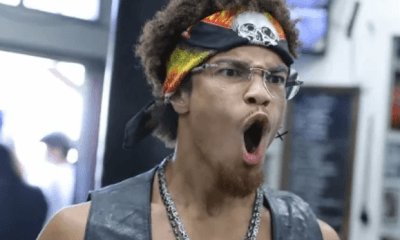
 Featured Articles3 weeks ago
Featured Articles3 weeks agoThe Shafting of Blair “The Flair” Cobbs, a Familiar Thread in the Cruelest Sport
-

 Featured Articles3 weeks ago
Featured Articles3 weeks agoRichardson Hitchins Batters and Stops George Kambosos at Madison Square Garden



